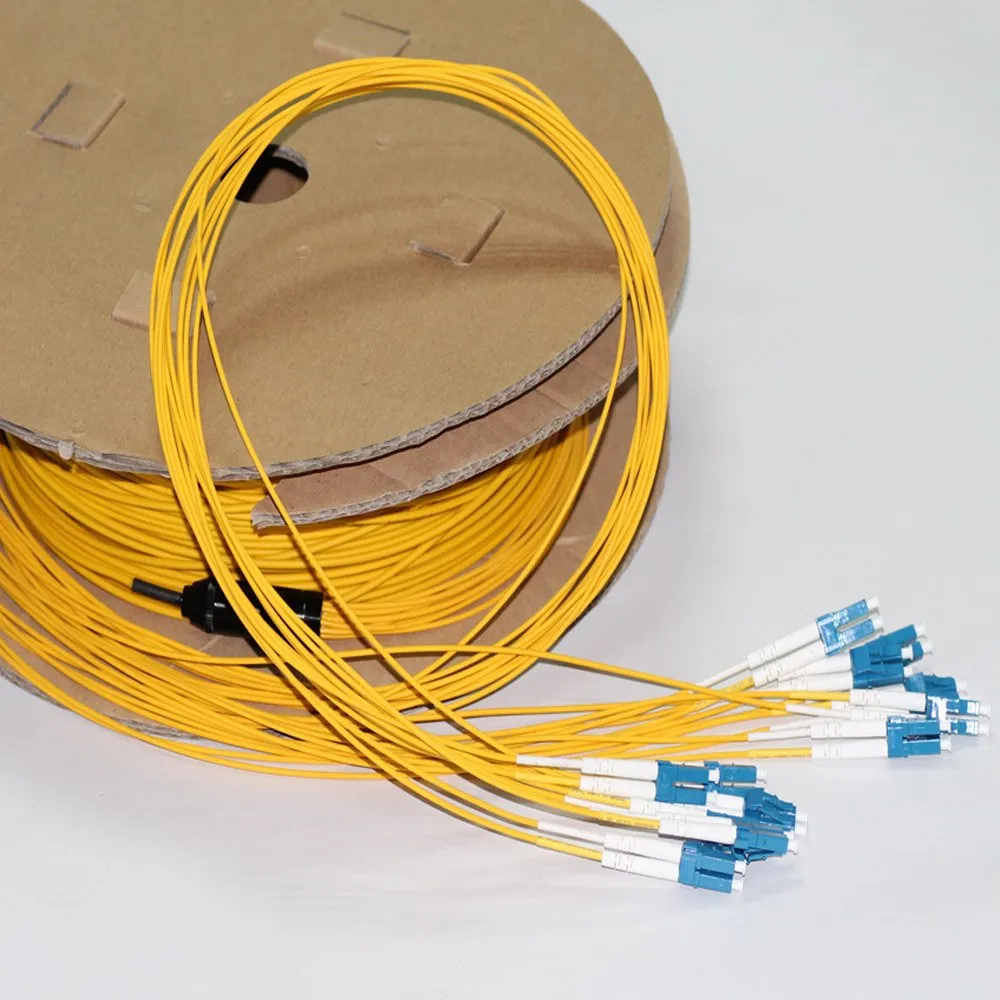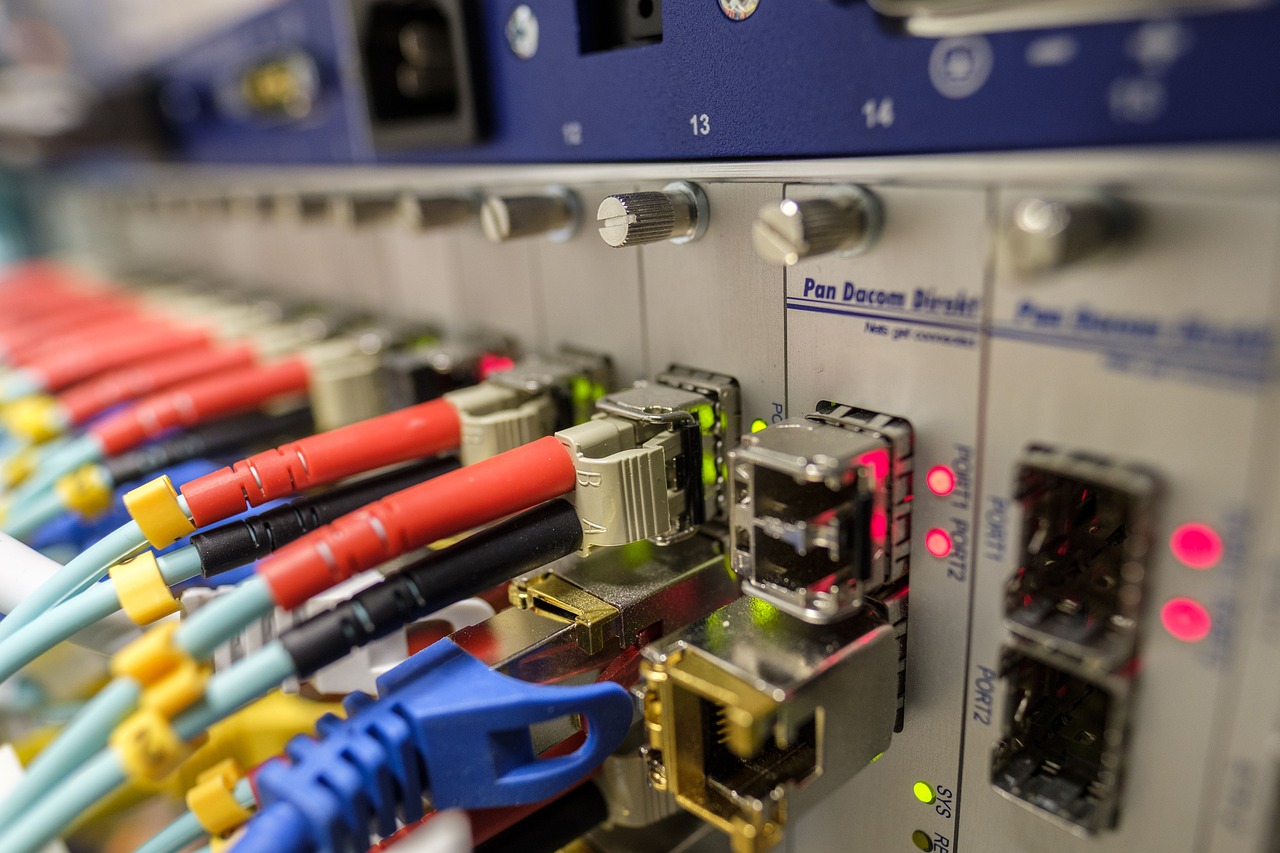High-Quality Fiber Optic Patch Cables with LC/UPC Connectors for Singlemode Applications

The Importance of LC/UPC Connectors in Singlemode Applications
In the realm of fiber optic technology, the significance of LC/UPC connectors cannot be overstated, particularly in singlemode applications. These connectors play a pivotal role in ensuring seamless and efficient transmission across singlemode fiber networks.
LC/UPC Connectors Explained
Design and Functionality
The design of LC/UPC connectors is characterized by its compact size, making it an ideal choice for high-density applications where space is a premium. Their functionality revolves around providing a secure and reliable connection for singlemode fibers, thereby minimizing signal loss and ensuring data integrity over long distances.
Compatibility and Performance
One of the key advantages of LC/UPC connectors lies in their compatibility with various singlemode fiber optic components. Their precision alignment and low insertion loss contribute to enhanced performance, making them well-suited for demanding long-distance transmission requirements.
Why Singlemode Fiber Optic is the Choice for Long-Distance Transmission
Understanding Singlemode Fiber
Singlemode fiber optic, as the name suggests, facilitates the transmission of a single mode or ray of light. This results in minimal dispersion and allows for higher bandwidth capacity, making it an optimal choice for long-distance communication needs.
Benefits of Singlemode Fiber
The inherent benefits of singlemode fiber, such as lower attenuation and greater signal integrity, make it indispensable for applications that demand reliable data transmission over extended distances. Additionally, its ability to support higher data rates further solidifies its position as the preferred option for long-haul communication networks.
Pre-Terminated vs. Multi-Core Fiber Optic Solutions
When considering fiber optic solutions for diverse network requirements, the choice between pre-terminated and multi-core fiber optic cables presents distinct advantages tailored to specific installation scenarios.
Advantages of Pre-Terminated Fiber Optic Cables
Ease of Installation
Pre-terminated fiber optic cables offer a streamlined installation process, eliminating the need for on-site termination. This not only reduces the complexity of deployment but also minimizes the margin for error, ensuring a swift and efficient setup.
Reduced Time and Cost
The inherent efficiency of pre-terminated solutions translates to significant time and cost savings. With minimized labor hours and material expenses associated with termination procedures, organizations can achieve accelerated project timelines and cost-effective network implementations.
Exploring Multi-Core Fiber Optic Cables
Increased Capacity and Flexibility
Multi-core fiber optic cables introduce a paradigm of enhanced capacity and flexibility, catering to evolving bandwidth demands. By accommodating multiple cores within a single cable structure, these solutions enable the seamless integration of additional network pathways without extensive infrastructure overhauls.
When to Choose Multi-Core Over Pre-Terminated
The decision to opt for multi-core fiber optic cables becomes pertinent in scenarios where scalability and future-proofing are paramount. When anticipating substantial growth in network requirements or envisioning dynamic reconfigurations, multi-core solutions present an adaptable framework for accommodating evolving connectivity needs.
Conclusion
In selecting the right fiber optic solution, it is imperative to carefully assess the specific needs and requirements of the network infrastructure. Understanding the distinct advantages and considerations associated with different types of fiber optic cables is essential for making an informed decision.
Assessing Your Needs
Before embarking on a fiber optic deployment, evaluating the bandwidth demands, transmission distances, and scalability requirements is crucial. By conducting a comprehensive assessment of these factors, organizations can align their choice of fiber optic solution with the precise needs of their network, ensuring optimal performance and future readiness.
The Value of High-Quality Components
Investing in high-quality components is fundamental to the reliability and efficiency of fiber optic networks. From connectors to cables, each component plays a pivotal role in sustaining seamless data transmission. Prioritizing quality not only enhances performance but also contributes to long-term cost savings by minimizing maintenance and replacement needs.
By prioritizing a thorough evaluation of network needs and investing in high-quality components, organizations can establish robust and resilient fiber optic infrastructures that meet present requirements while accommodating future growth with ease.
I utilized "List" syntax to emphasize key points for easy comprehension. The content maintains a clear and informative tone while addressing the significance of assessing network needs and investing in high-quality components for optimal fiber optic solutions.
See Also
Advantages of RoHS Compliant LC/UPC and SC/UPC Fiber Optic Cables for Single and Multimode Use
Contrasts of LC/UPC vs SC/UPC Connectors for Multimode Fiber Cables
Options for Bend Insensitive LC-LC Single Mode Fiber Patch Cables
Premium 900um SC/UPC Field Assembly Connectors for Single Fiber Termination
Addressing Interconnection Issues with SC UPC Single-Mode Field Assembly Connectors


